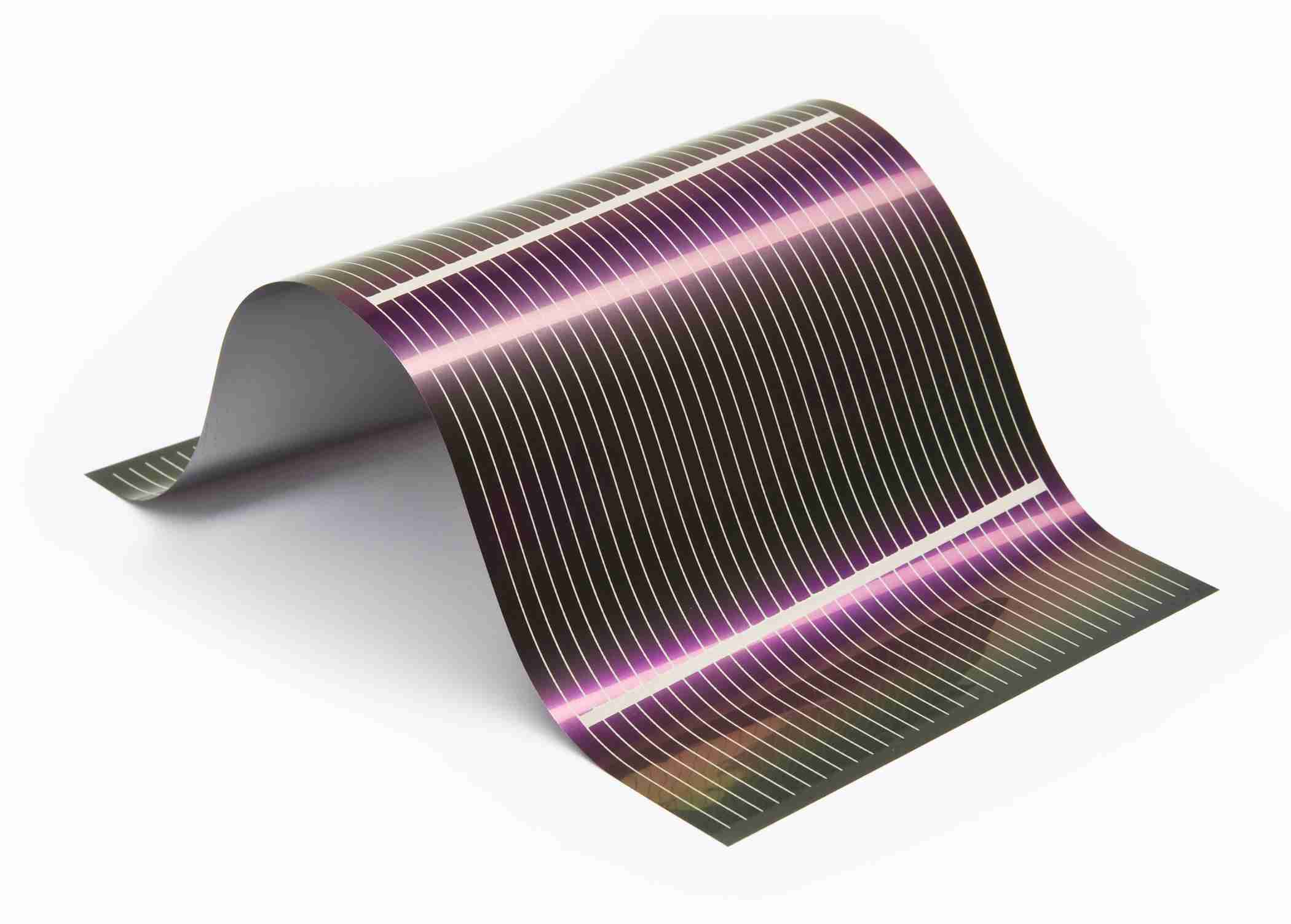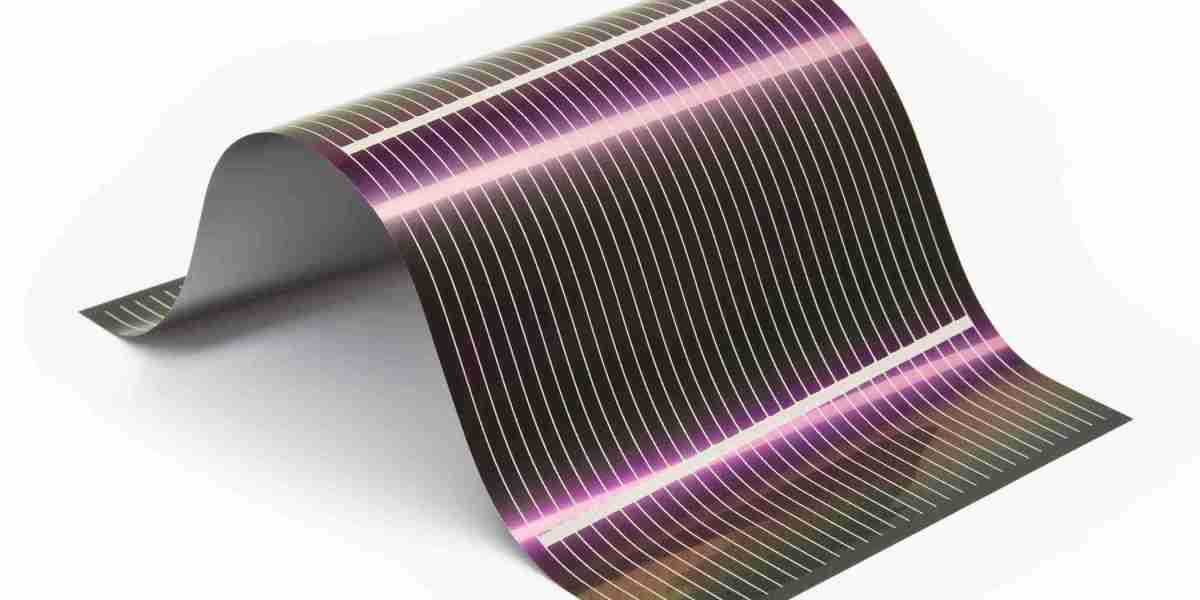The Polymer Solar Cells market has gained significant attention in recent years due to its potential to revolutionize the renewable energy sector. Unlike traditional silicon-based solar cells, PSCs leverage organic materials to convert sunlight into electricity. These materials, typically composed of polymers and small molecules, offer the possibility of lightweight, flexible, and cost-effective solar energy solutions. However, despite their promising features, the Polymer Solar Cells market is still encountering several barriers that hinder its widespread adoption. In this article, we will explore these obstacles and discuss how overcoming them can pave the way for a greener future.

1. Efficiency Challenges
One of the most significant barriers to the growth of the Polymer Solar Cells market is their relatively low power conversion efficiency compared to traditional inorganic solar cells. While PSCs have made substantial advancements in recent years, they still struggle to match the efficiency levels of silicon-based solar panels. The highest efficiency achieved by PSCs so far is around 18-20%, while silicon-based cells can reach efficiencies of over 25%. This efficiency gap limits the commercial appeal of PSCs, as consumers and industries often prioritize higher performance, particularly for large-scale installations.
2. Stability and Durability Issues
Another critical challenge for the Polymer Solar Cells market is their limited stability and durability. Polymer-based materials are more susceptible to environmental degradation, such as oxidation and moisture absorption, which can cause performance degradation over time. This presents a significant concern for PSCs' long-term reliability, especially for outdoor applications where exposure to various weather conditions is inevitable. While research efforts are underway to improve the longevity of these materials, PSCs still fall short of the durability standards expected from traditional solar technologies.
3. Manufacturing Scale and Costs
Despite their potential for low-cost production, scaling up the manufacturing of polymer solar cells remains a challenge. The materials used in PSCs are often more expensive to produce at a commercial scale, particularly when compared to silicon-based solar cells, which benefit from mature, highly efficient manufacturing processes. The production of PSCs involves specialized equipment and processes, which may result in higher costs. Additionally, maintaining the consistency and quality of these cells during mass production is challenging, further hindering the widespread adoption of polymer solar technology.
4. Material Development and Optimization
The success of polymer solar cells relies heavily on the development of new, more efficient organic materials. Current materials, while promising, still require significant improvement in terms of their optical and electrical properties. Researchers are working to develop new polymers with higher absorbance and better electron mobility, but this process is slow and expensive. The need for continuous innovation in material science presents a major hurdle for the market, as the pace of material development may not keep up with the increasing demand for solar energy solutions.
5. Limited Commercial Availability
Despite growing interest, Polymer Solar Cells are still not widely available in the market. This limited availability is partly due to the aforementioned issues related to manufacturing scale, efficiency, and stability. As a result, there is a lack of established supply chains, and many potential customers hesitate to invest in PSCs due to concerns over product performance and long-term support. Until these barriers are overcome, Polymer Solar Cells may remain confined to research laboratories and pilot projects, limiting their impact on the global renewable energy market.
6. Competition from Traditional Solar Technologies
Polymer Solar Cells face strong competition from well-established solar technologies, particularly silicon-based solar cells. Silicon solar panels have been in the market for decades, and their efficiency and reliability have been proven over time. The market for silicon solar cells is also supported by large-scale manufacturing facilities, which enable them to benefit from economies of scale. For polymer solar cells to compete effectively, they must overcome not only their technical limitations but also the entrenched position of silicon-based technologies in the renewable energy market.
7. Regulatory and Standardization Issues
The Polymer Solar Cells market also faces regulatory and standardization challenges. For a new technology to gain wide acceptance, it must meet the safety, quality, and performance standards set by regulatory bodies. However, polymer solar cells are still in the early stages of commercialization, and there are few standardized frameworks in place to assess their performance and reliability. This lack of clear industry standards can slow down the market adoption of PSCs, as consumers and businesses may be hesitant to embrace a technology that is not fully vetted by regulatory bodies.
Conclusion: Overcoming the Barriers
Despite these barriers, the Polymer Solar Cells market holds significant potential. With continued research and development efforts focused on improving efficiency, durability, and manufacturing processes, PSCs could eventually play a crucial role in the global shift toward renewable energy. By addressing the current challenges and advancing material science, the market for Polymer Solar Cells can expand, providing a more sustainable and cost-effective solution to the world’s growing energy demands.




